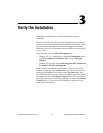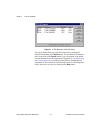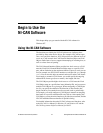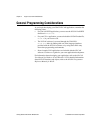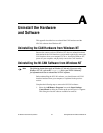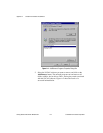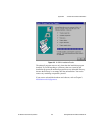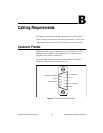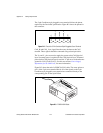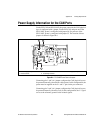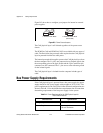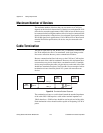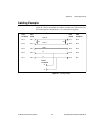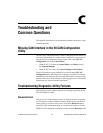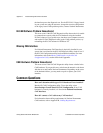
Appendix B Cabling Requirements
Getting Started with CAN for Windows NT B-2
©
National Instruments Corporation
The 5-pin Combicon-style pluggable screw terminal follows the pinout
required by the DeviceNet specification. Figure B-2 shows the pinout for
this connector.
Figure B-2.
Pinout for 5-Pin Combicon-Style Pluggable Screw Terminal
CAN_H and CAN_L are signal lines that carry the data on the CAN
network. These signals should be connected using twisted-pair cable.
The V+ and V– pins are used to supply bus power to the CAN physical
layer if external power is required for the CAN physical layer. If internal
power for the CAN physical layer is used, the V– pin serves as the reference
ground for CAN_H and CAN_L. See the next section, Power Supply
Information for the CAN Ports, for more information.
Figure B-3 shows the end of a PCMCIA-CAN cable. The arrow points to
pin 1 of the 5-pin screw terminal block. All of the signals on the 5-pin
Combicon-style pluggable screw terminal are connected directly to the
corresponding pins on the 9-pin D-Sub.
Figure B-3.
PCMCIA-CAN Cable
CAN_L
V-
CAN_H
V+
Shield
12345
J2
J1
CAN (Internal Pwr), PORT 1
V-
C_L
SH
C_H
V+



